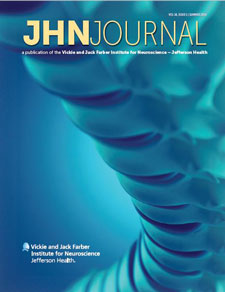Abstract
INTRODUCTION
Low back pain is a common affliction impacting patients worldwide. The burden of low back pain on modern society in terms of direct costs associated with diagnosis and treatment, as well as indirect costs such as time missed from work for both patients and caregivers, is estimated to be as high as $100 billion annually in the United States alone.1,2 Up to 2-3% of physician visits are thought to be related to chronic low back pain.1,3 While the traditional focus of healthcare providers has been on lumbosacral pathology, sacroiliac joint dysfunction is an underappreciated and underdiagnosed cause of low back pain. Previous studies3-8 have suggested that 15-30% of chronic low back pain is due to pathology located in the sacroiliac joint. Historically, recognition of this pathology was difficult, limited by lack of standardized diagnostic criteria and disease-specific outcome measures. Traditional treatment focused on conservative therapy, such as physical therapy with focus on core and pelvic stability, orthoses, pain and anti-inflammatory medication, weight loss, intra- or peri-articular injections, and radiofrequency ablation.4,5,9-12 Early surgical intervention came in the form of morbid open approaches often utilizing iliac crest autografting. More recently, minimally invasive techniques for sacroiliac fusion have been developed that allow for significant sparing of muscle dissection, shorter operating room times and blood loss, reduced length of stay, and fewer complications.13-17 Such techniques are often performed with fluoroscopic guidance. However, three-dimensional sacral anatomy can be challenging to conceptualize on fluoroscopic imaging and several centers are now beginning to perform the procedure utilizing image-guidance with intraoperative CT data. This is particularly helpful in patients with transitional lumbosacral anatomy or those undergoing revision procedures. Complications such as pseudarthrosis and neural injuries, while rare, are often associated with need for revision surgery and poorer outcome.18,19 The transition to CT-based image-guidance aims to reduce such complications. The purpose of this study is to review our series of minimally invasive sacroiliac fusion with a focus on safety and complications, and to review differences in these parameters between patients undergoing fluoroscopic technique versus CT-based image-guidance.
Recommended Citation
Hoelscher, MD, Christian; Franco, MD, Daniel; and Heller, MD, MBA, Joshua
(2019)
"Sacroiliac Joint Fusion – Impact of a New Image-Guidance Protocol on Safety and Complications,"
JHN Journal: Vol. 14:
Iss.
1, Article 1.
DOI: https://doi.org/10.29046/JHNJ.014.1.001
Available at:
https://jdc.jefferson.edu/jhnj/vol14/iss1/1

